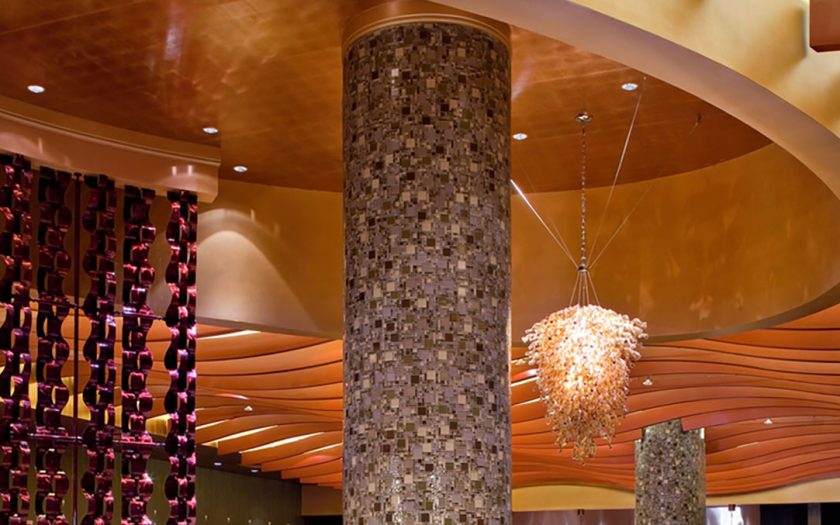When it comes to interior design, the ceiling is often an overlooked element. While floors, walls, and furnishings receive the majority of attention, the ceiling can serve as a crucial aspect of a room’s aesthetic and functional design. Custom metal ceiling are a sophisticated and versatile choice that can significantly enhance the ambiance and appeal of any space, whether residential or commercial. Let’s explore the benefits, options, and installation considerations of custom metal ceilings.
Why Choose Custom Metal Ceilings?
1. Aesthetic Appeal
Custom metal ceilings offer a sleek, modern look that can elevate the design of any room. With various finishes such as brushed, polished, or matte, and an array of colors to choose from, metal ceilings can complement any decor style, from industrial to contemporary.
2. Durability and Longevity
Metal is a highly durable material that can withstand the test of time. Unlike traditional ceiling materials, metal does not warp, crack, or deteriorate easily. This makes it an excellent investment for spaces that require a long-lasting solution.
3. Easy Maintenance
Metal ceilings are incredibly easy to maintain. They resist stains, moisture, and mold, making them ideal for kitchens, bathrooms, and other areas prone to humidity. Cleaning is straightforward, typically requiring just a damp cloth to keep them looking pristine.
4. Acoustic Benefits
With the right design, metal ceilings can also offer acoustic benefits. Perforated metal panels, for instance, can help reduce noise levels, creating a more pleasant environment in busy spaces such as offices, restaurants, and auditoriums.
Design Options
Custom metal ceilings come in a variety of styles and designs, allowing for endless customization possibilities. Here are a few popular options:
1. Tiles and Panels
Metal tiles and panels can be arranged in a grid or custom pattern to create a unique look. They are available in different sizes, shapes, and finishes, offering flexibility in design.
2. Linear Strips
Linear metal ceilings feature long, narrow strips that can be installed in various orientations to create visual interest. This option is particularly popular in modern and minimalist designs.
3. Open Cell
Open cell metal ceilings create a sense of depth and dimension. They are composed of a grid of interconnected cells, which can be customized in size and shape to suit the specific aesthetic of a space.
4. Mesh and Perforated Panels
Mesh and perforated metal panels provide both visual appeal and functional benefits. They can be used to achieve specific acoustic properties and are ideal for spaces that require both style and substance.
Installation Considerations
Installing a custom metal ceiling involves several important considerations to ensure a seamless and successful outcome:
1. Professional Installation
While some DIY enthusiasts may be tempted to tackle the installation themselves, it is recommended to hire professionals. Expert installers have the necessary tools and experience to ensure the ceiling is installed correctly and safely.
2. Structural Integrity
It is crucial to assess the structural integrity of the existing ceiling and the support framework. Metal ceilings can be heavier than traditional materials, so ensuring the ceiling can support the added weight is essential.
3. Customization and Fit
Each space is unique, and custom metal ceilings should be tailored to fit the specific dimensions and design requirements of the room. Precise measurements and custom fabrication are key to achieving a flawless fit.
4. Integration with Other Elements
Consider how the metal ceiling will integrate with lighting, HVAC systems, and other ceiling-mounted elements. Proper planning and coordination are necessary to avoid any conflicts and to achieve a cohesiv
